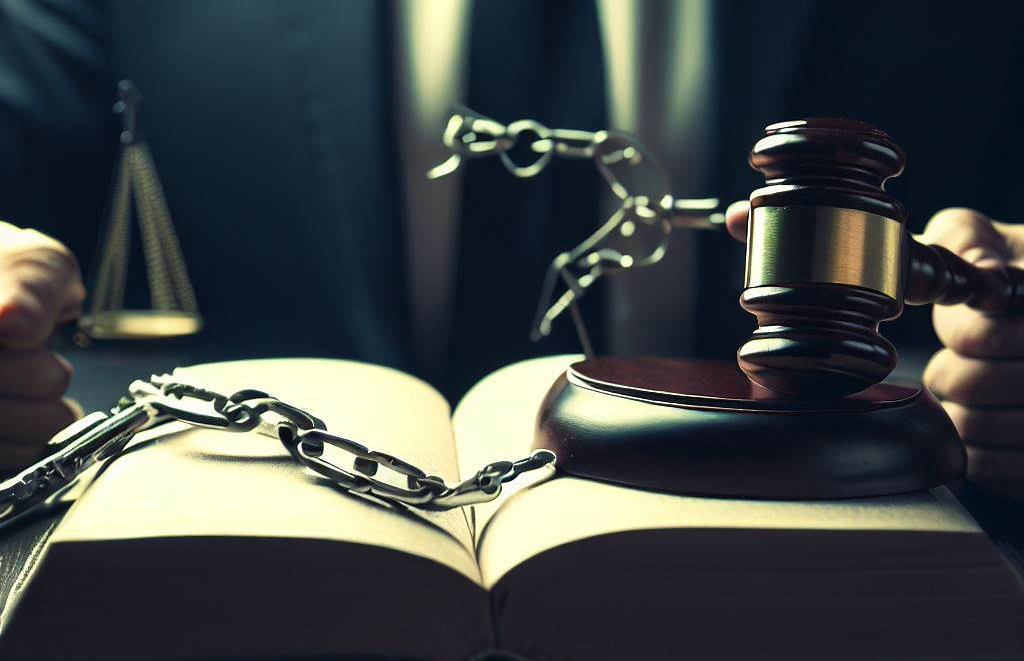
Section 482 CrPC-Quashing Of FIR-Step By Step Guide
Section 482 CrPC-Quashing Of FIR-Step By Step Guide
Quashing an FIR under Section 482 of the Code of Criminal Procedure (CrPC) involves a careful and judicious exercise of the High Court’s inherent powers. Here is a step-by-step guide on the process:
- Understanding the Grounds:
Before proceeding with a quashing petition, it is crucial to identify and understand the grounds on which an FIR can be quashed. Common grounds include lack of evidence, false implication, settlement between parties, and the absence of a prima facie case. - Consultation with Legal Counsel:
Seek advice from a legal expert or counsel to assess the merits of your case. They will help in determining whether your situation aligns with the grounds specified in Section 482 for quashing an FIR. - Drafting the Quashing Petition:
Prepare a comprehensive petition addressing the court with details of the case, the parties involved, and the grounds for seeking quashing. Include supporting documents, affidavits, and any other relevant evidence to strengthen your case. - Filing the Petition:
File the quashing petition in the High Court having jurisdiction over the matter. Ensure that all necessary documents and fees are attached as per court procedures. The petition should clearly state the relief sought, i.e., quashing of the FIR. - Service of Notice:
The next step involves serving notice to all parties involved in the case, including the opposite party, the State, and the complainant. This ensures that all concerned parties are aware of the quashing petition and have an opportunity to present their views. - Hearing:
The court will schedule a hearing to listen to both sides and evaluate the merits of the case. The petitioner’s counsel will present arguments supporting the quashing, while the opposite party may present counterarguments. - Judicial Scrutiny:
The court will scrutinize the FIR, the evidence, and the legal aspects of the case. It may invoke its inherent powers only if it finds the continuation of the criminal proceedings to be an abuse of the legal process or against the interests of justice. - Precedents and Legal Principles:
During the hearing, the court may refer to legal precedents and principles, including guidelines laid down by the Supreme Court, especially the Bhajan Lal case, to ensure a consistent and just application of Section 482. - Judgment:
The court will then pass a judgment either allowing or dismissing the quashing petition. If granted, the FIR and subsequent criminal proceedings will be quashed, providing relief to the petitioner. - Follow-up Actions:
After the court’s decision, follow any further legal proceedings as directed. If the FIR is quashed, it is essential to obtain a certified copy of the order for future reference.
This step-by-step guide provides an overview of the process involved in seeking the quashing of an FIR under Section 482 CrPC, emphasizing the importance of legal counsel and adherence to procedural requirements.
Disclaimer: This information is intended for general guidance only and does not constitute legal advice. Please consult with a qualified lawyer for personalized advice specific to your situation.
Adcocate J.S. Rohilla (Civil & Criminal Lawyer in Indore)
Contact: 88271 22304
